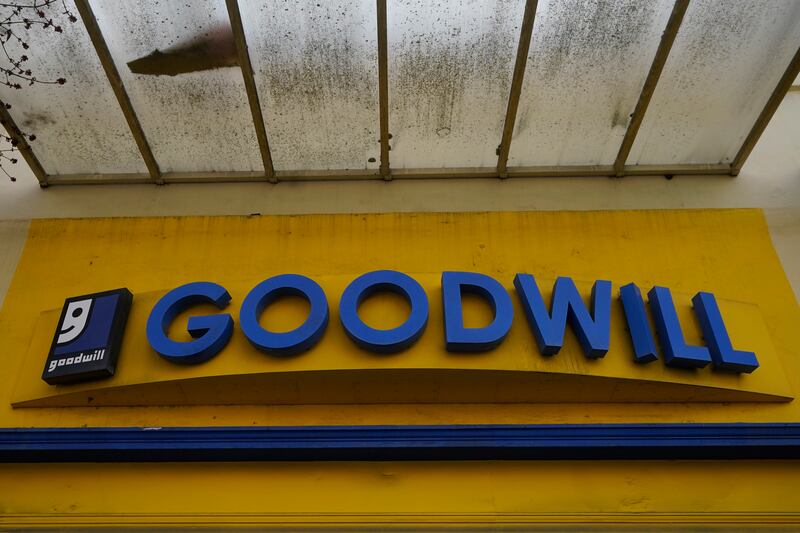Laura Young was shopping at a Goodwill in Austin, Texas, in 2018, when she found a sculpture of a human head on sale for $34.99. She purchased the sculpture and it sat in her home until she contacted a London auction house that identified the piece as a lost, ancient Roman bust, according to NBC News.
How did an ancient Roman bust end up at a Goodwill in Texas? The bust’s journey is still unknown, but it is most likely that it was transported to the U.S. by an American soldier after World War II, according to The New York Times.
- The bust was traced to Germany in the 19th century, as part of a Bavarian king’s art collection, per the New York Times.
- The San Antonio Museum of Art reported that the piece sat in a full-scale replica of a house from Pompeii, which was called the Pompejanum. During WWII, Allied bombers severely damaged the house, and the sculpture disappeared.
- It is assumed that a U.S. soldier brought the bust to the U.S., where its whereabouts were unknown until it appeared in Goodwill in 2018, according to NPR Austin.
- “We can guess that it sat in someone’s house for decades. Perhaps the person who took it died or perhaps they gave it away. But somehow, somehow someone decided they didn’t want it anymore and dropped it off at Goodwill,” per NPR.
Who is this a bust of? One auction house Young contacted was able to trace the piece to a catalog of items from a German museum in the 1920s and 1930s, according to NPR Austin.
- The catalogue listed the bust as a likeness of a man named Drusus Germanicus. Other experts believe it could be Sextus Pompey, the son of Roman general Pompey the Great, according to NBC News.
- The bust is likely from the late first century B.C. or early first century A.D., per NBC.
What will happen to the bust? The bust will be on display in the San Antonio Museum of Art for a year, according to the museum’s website.
- Since Germany never sold the bust or abandoned the title, it did not belong to Young. After the exhibit in San Antonio comes to an end, the bust will return to its home in Bavaria, said The New York Times.
- In exchange for the bust, Young will receive a “finder’s fee,” the Times reported.
- Before she sent the piece to the museum, Young had a 3D model of the sculpture printed, which now sits in her home where the original once was, according to NPR Austin.

